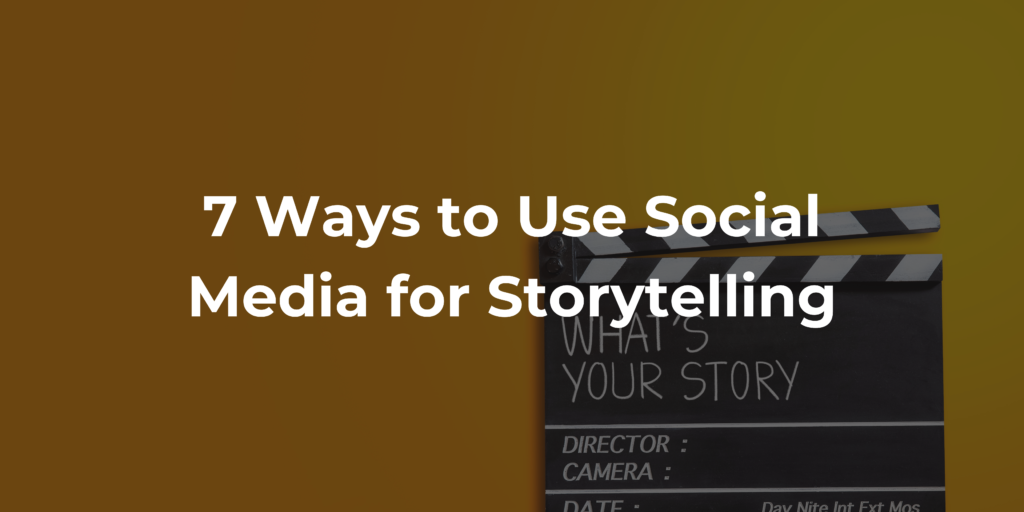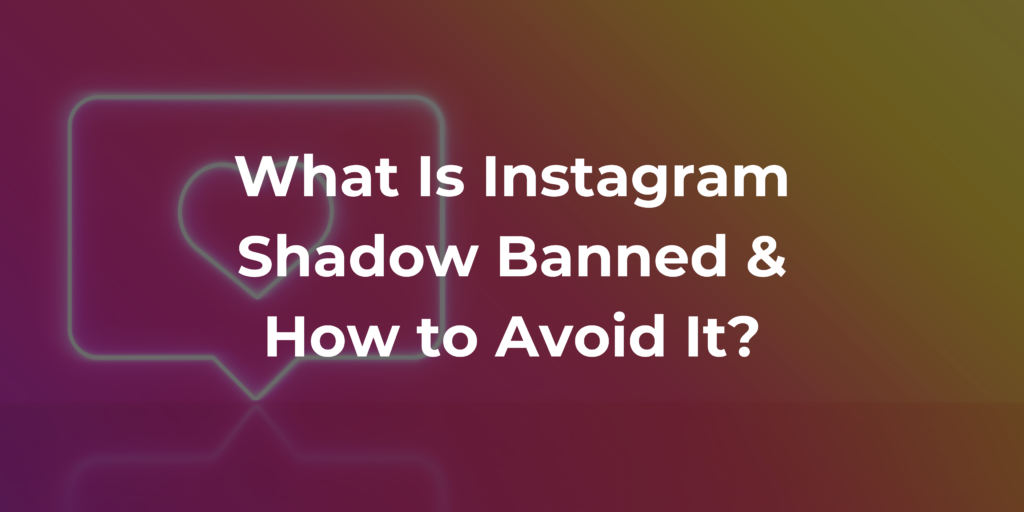In the age of digital communication, social media has become a powerful medium for storytelling. Brands, businesses and individuals can use the power of these platforms to engage, engage and connect with their audiences on a personal level. Here are seven effective ways to use social media to tell stories:

1. Develop a Long Story Arc:
Developing a long story arc in the context of social media involves creating a narrative structure that unfolds over an extended period. Instead of delivering isolated messages, each post becomes a part of a larger and interconnected storyline. This approach allows storytellers to weave a cohesive and engaging narrative that captivates the audience’s interest over time. By strategically planning and sequencing content, a long story arc fosters anticipation, curiosity, and a sense of continuity, encouraging followers to stay connected to the unfolding tale. It enables brands and individuals to build a deeper connection with their audience, turning their social media presence into a dynamic and evolving story rather than a collection of disjointed updates.
2. Show, Don’t Tell:
It is a fundamental principle in storytelling that encourages creators to convey information through actions, images and visuals rather than explicit descriptions. For social media, this means graphics, use video and engaging multimedia content to create an illustrative message instead of relying solely on text-based descriptions. Using the power of video allows storytellers to evoke emotion, create an atmosphere, and engage audiences in a deeper way. This approach allows for a more immersive and memorable experience as followers can witness and interpret the story for themselves. Essentially, it challenges storytellers to be more dynamic and creative in their content creation, enabling them to communicate messages in a more vivid and impactful manner.
3. Write Like a Writer:
It emphasizes the importance of crafting social media content with a literary finesse that goes beyond mere information sharing. This approach involves paying attention to language, tone, and style, using a narrative flair to transform ordinary updates into compelling and captivating stories. By incorporating storytelling techniques such as vivid descriptions, engaging dialogue, and a well-thought-out structure, individuals and brands can elevate their social media presence. This approach invites followers into a world where each post serves as a micro-story, creating a more immersive and enjoyable experience. It involves not just conveying information but creating an emotional connection, fostering engagement, and leaving a lasting impact on the audience.
4. Use Influencers and Other Partners:
It underscores the collaborative nature of effective storytelling on social media. By engaging influencers and forming partnerships, brands and individuals can leverage the credibility and reach of these influential figures to amplify their narrative. Influencers bring authenticity and relatability to the story, making it more engaging for their followers. Collaborating with influencers whose values align with the narrative enhances the overall storytelling experience, tapping into existing communities and broadening the audience base. In essence, involving influencers and partners transforms storytelling on social media into a shared experience, extending its impact and resonance across diverse audiences.
5. Connect with Your Followers:
It emphasizes the importance of building a personal and meaningful relationship with the audience on social media. Beyond merely broadcasting messages, this approach involves actively engaging with followers through responses to comments, initiating conversations, and encouraging user-generated content. By fostering a sense of community, brands and individuals can turn their followers into active participants in the narrative, making them feel valued and heard.
This connection goes beyond transactional interactions and creates a more profound emotional bond, resulting in a loyal and engaged audience. Whether through polls, Q&A sessions, or acknowledging user contributions, actively connecting with followers transforms social media into a two-way street, where the audience becomes an integral part of the ongoing story.
6. Make It Meaningful:
This underscores the significance of infusing depth and purpose into social media storytelling. Going beyond mere entertainment or promotion, meaningful storytelling involves addressing relevant issues, sharing authentic experiences, and tapping into emotions that resonate with the audience. By connecting the narrative to broader themes, values, or societal concerns, brands and individuals can create content that not only captivates but also leaves a lasting impact. Meaningful storytelling on social media has the power to inspire, educate, or evoke empathy, thereby fostering a stronger connection with the audience. Whether through thought-provoking messages, socially conscious initiatives, or emotionally resonant narratives, making it meaningful transforms social media storytelling into a platform for genuine connection and positive influence.
7. Use Tools to Get Up Close and Personal:
It Emphasize the use of various social media features and functions to create a stronger and more authentic relationship with the audience. The platforms offer tools like Instagram polls, Q&A sessions, live video, and behind-the-scenes content that allow creators to showcase a more personal side. By using these features, brands and individuals can break down barriers between themselves and their followers, and provide a snapshot of the human side of their stories for virtual tours, real-time interaction, and stories personalized for what audience and feel transparent and credible. The use of these tools not only humanizes the social media presence but also allows for a more dynamic and interactive storytelling experience, where audiences feel engaged they were connected on a personal level.






